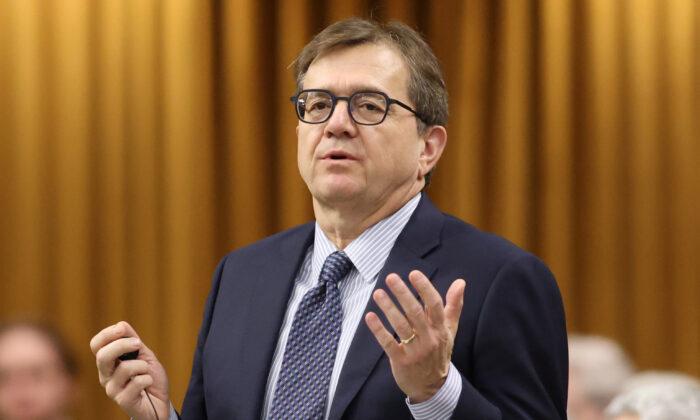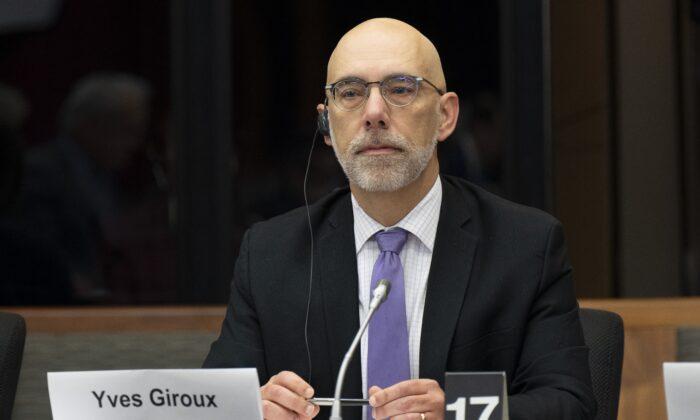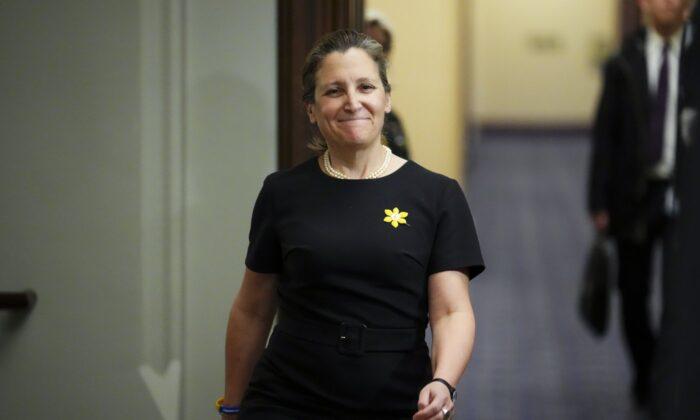The federal government has introduced its “just transition” legislation aimed at moving oil sector workers into green energy jobs in every region of Canada as the Liberals look to move the country toward national net-zero greenhouse gas emissions by 2050.
The proposed legislation also aims to create a “Sustainable Jobs Partnership Council,” the intent of which would be to provide cabinet with “independent advice” related to just transition measures.
The bill would also require that the government table a “Sustainable Jobs Action Plan” in Parliament every five years, and would also establish a “Sustainable Jobs Secretariat” to help implement the legislation.
Even before its introduction, the proposed just transition legislation was a point of tension between Ottawa and some of the provinces—particularly Alberta.
‘We Are Not Going to Transition’
Smith said the province would “push back” against Ottawa’s plan.“We are not going to transition out of this industry,” she said in a video posted on Twitter on Jan. 19. “We are going to continue to transform it so that there are lower emissions.”
Labour Minister Seamus O’Regan said in an Inquiry of Ministry in March that his department expects around 14,000 jobs to open up in Canada’s oil and gas sector over the next eight years, which he said will create a heavy need for replacements.
However, he said in the Senate on Feb. 9 that he “cannot stand the phrase ‘just transition’” and that workers also “hate” it.
“‘Just transition’ is a phrase that workers hate, and my constituents don’t like, and so I don’t like it either,” he said. “We tried, anyway, within the bureaucracy and amongst ourselves, to say the words, ‘sustainable jobs.'”
O’Regan added at the time that just the legislation does not aim to phase out Canada’s oil and gas industry.
“The oil and gas industry will be with us for quite some time, and I would argue proudly so,” he said.





